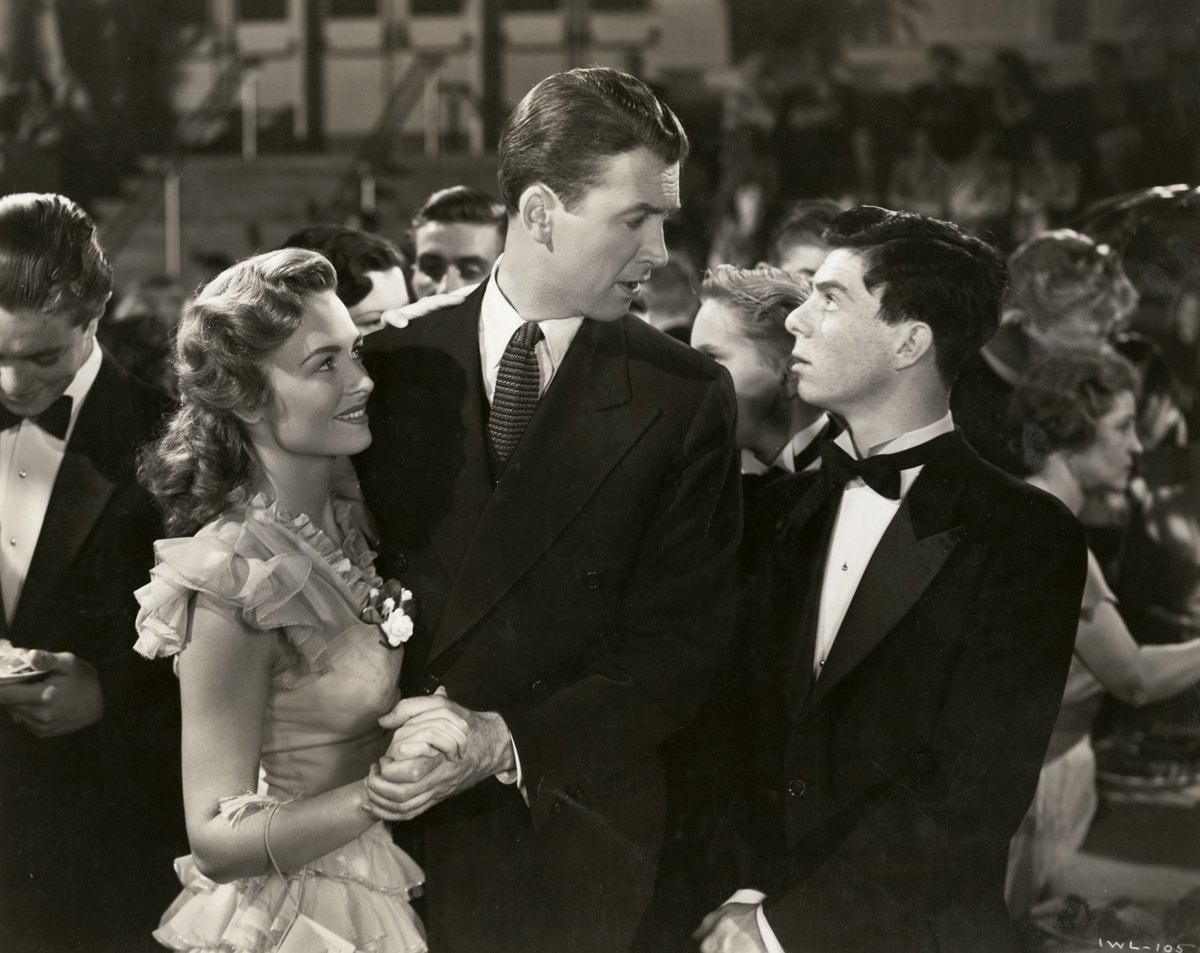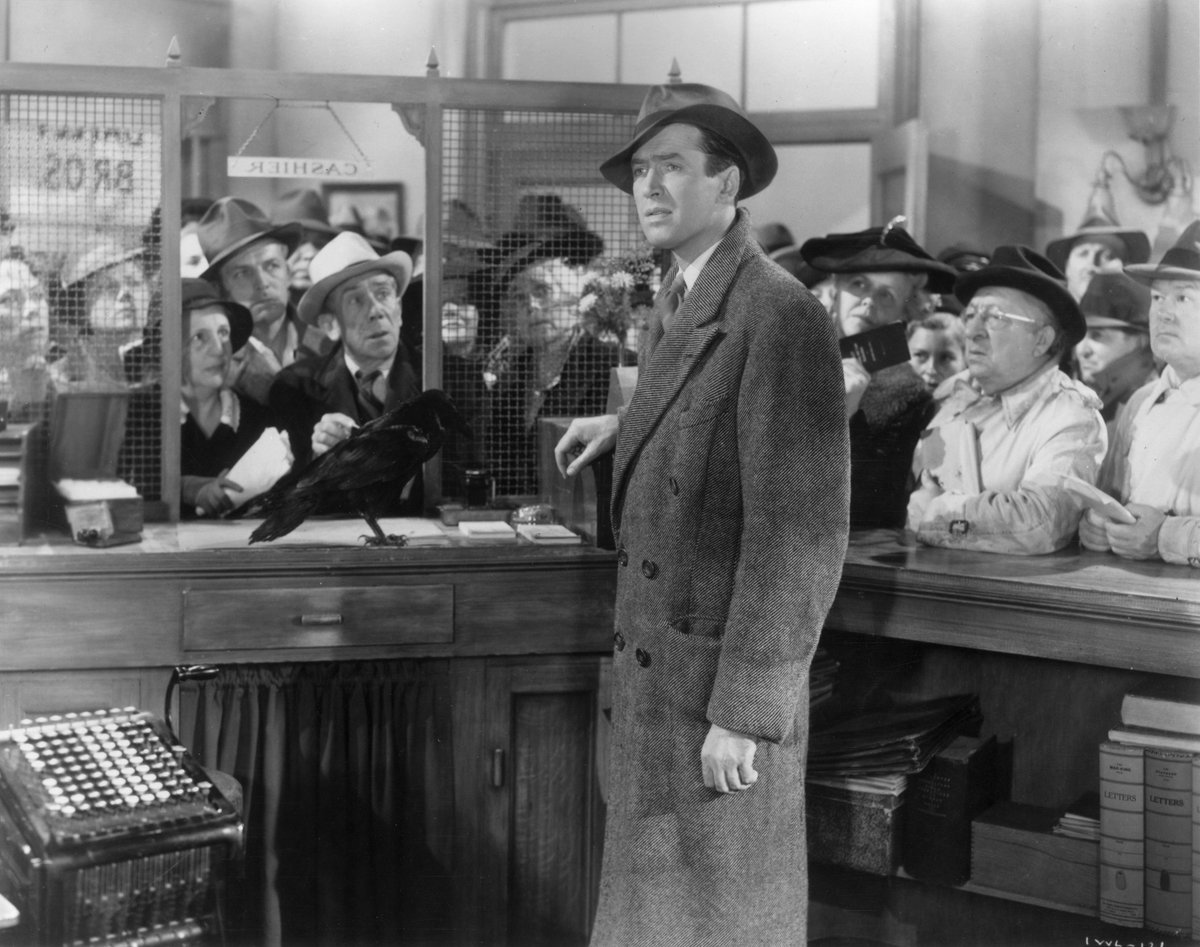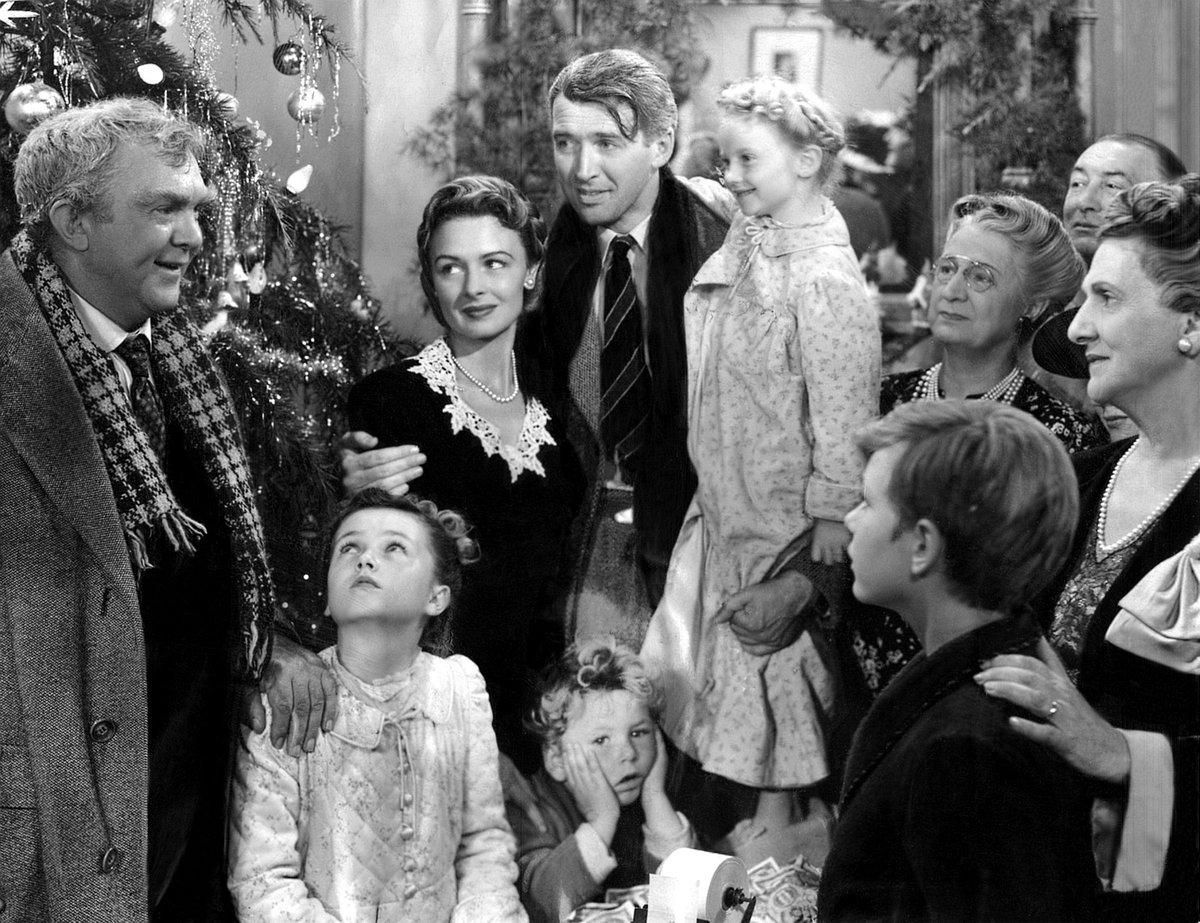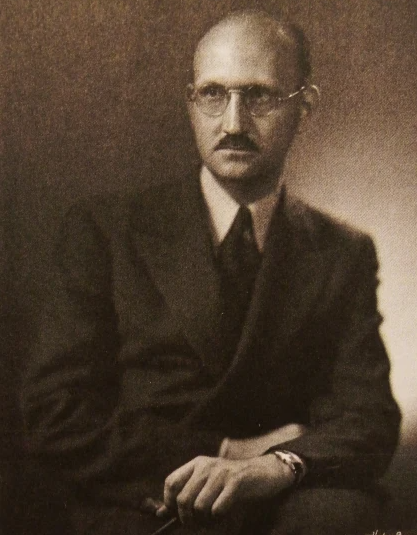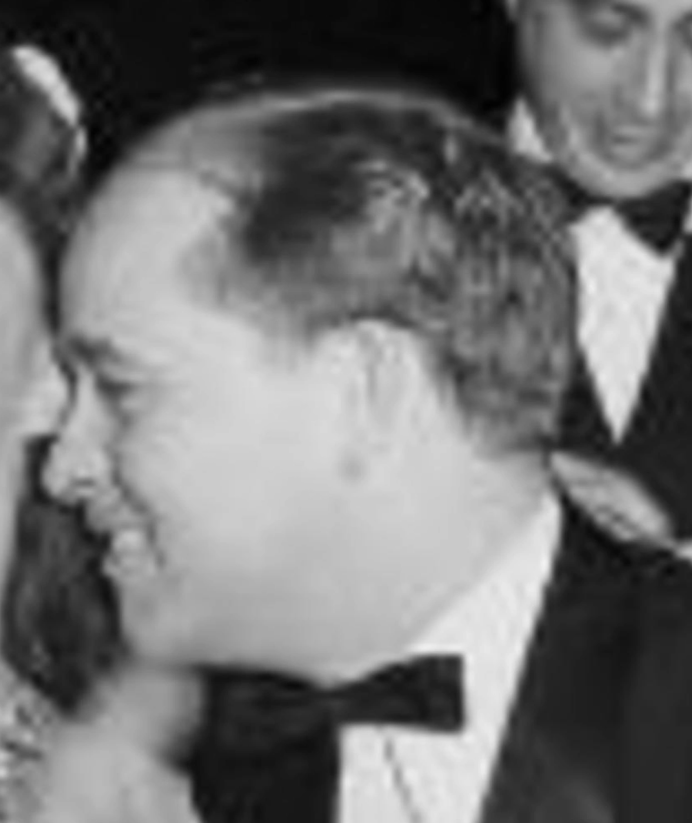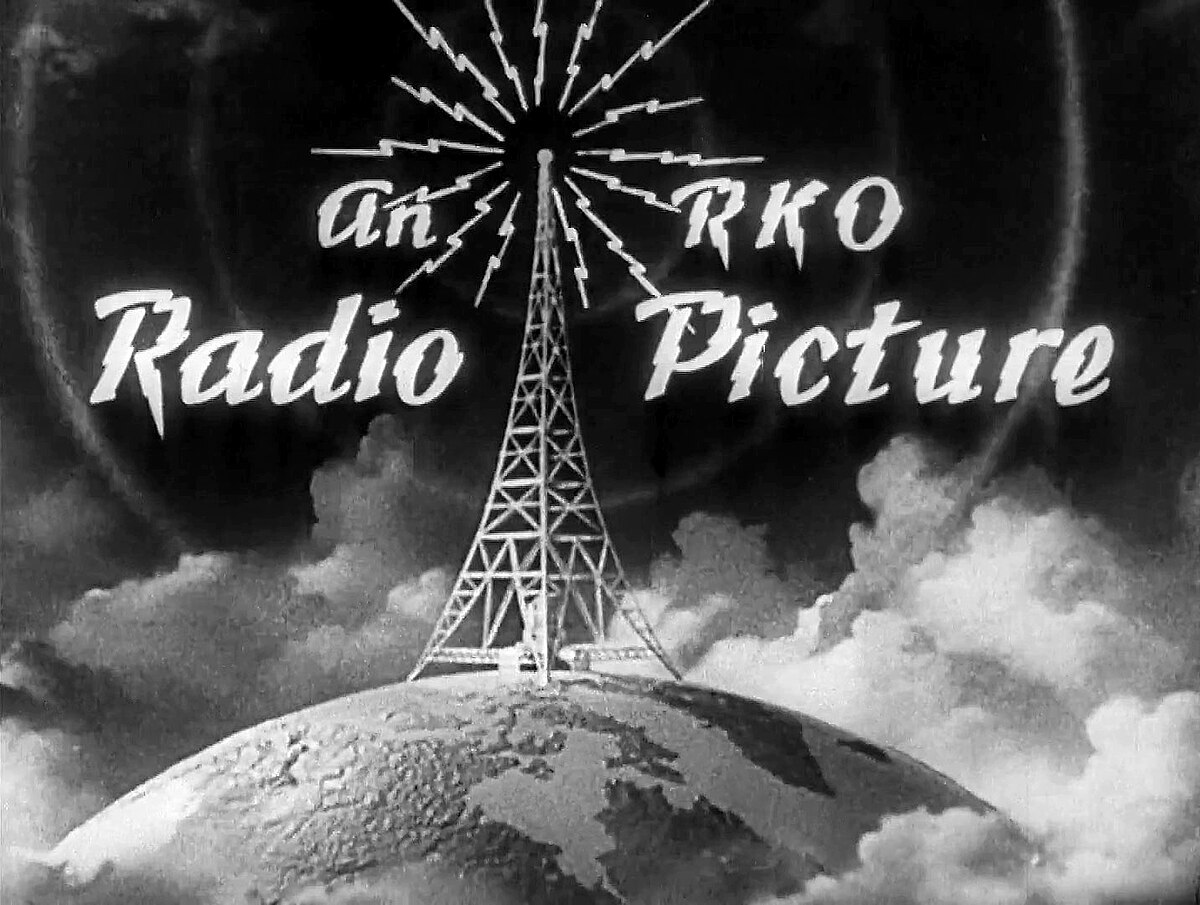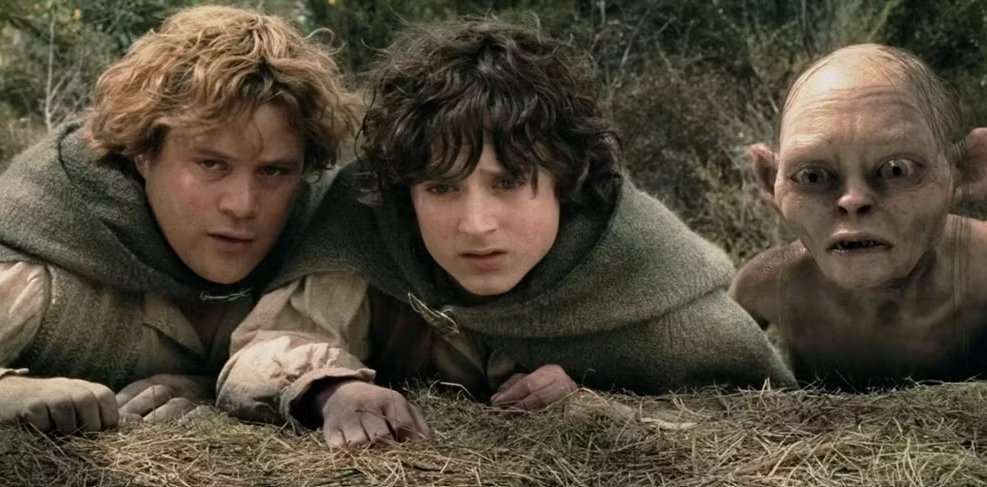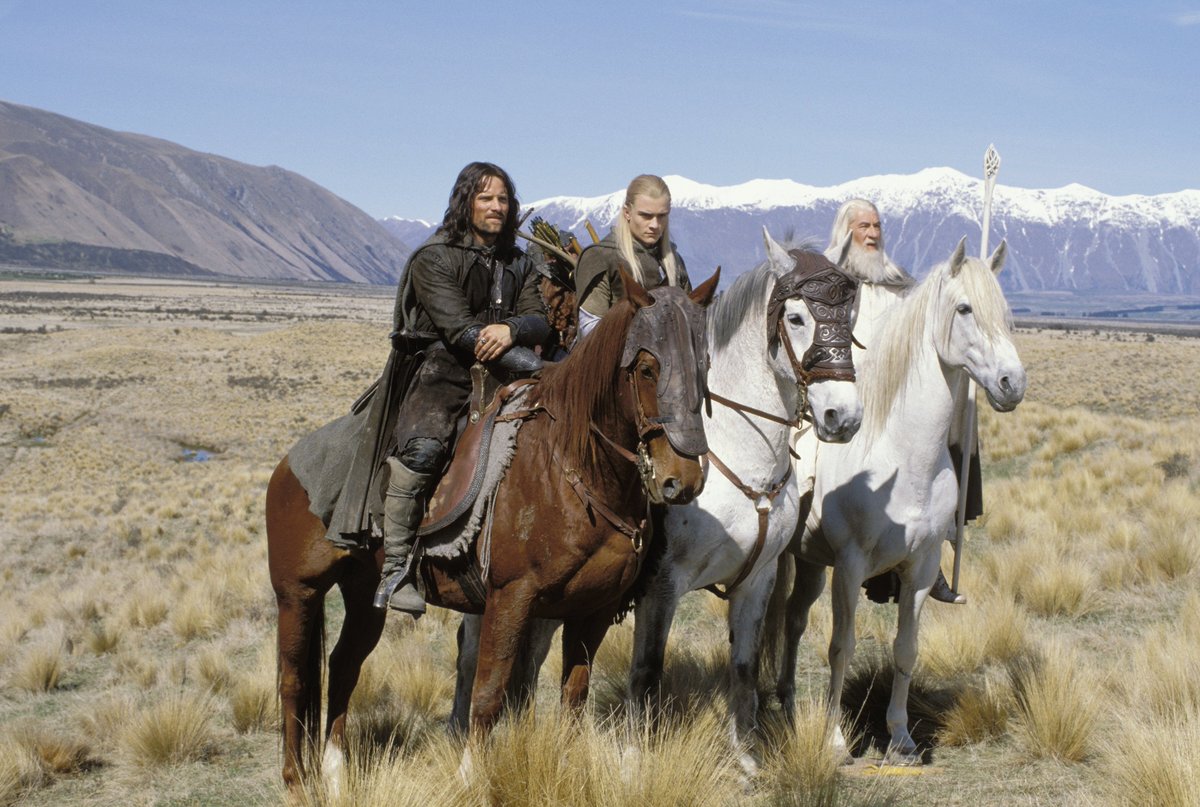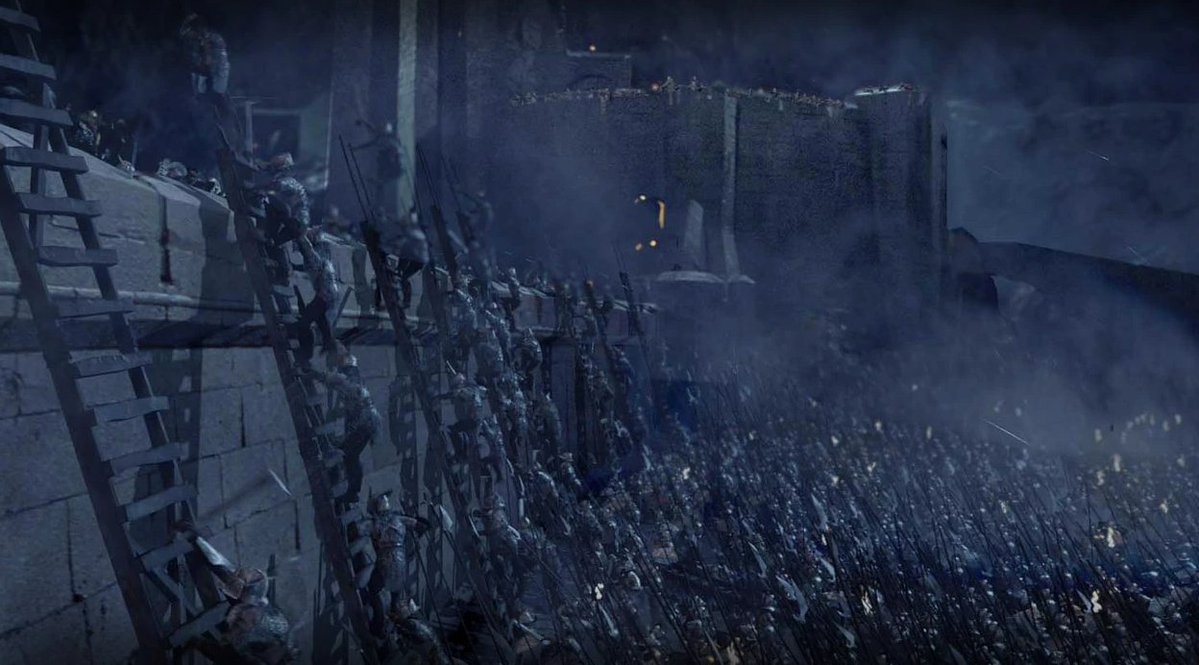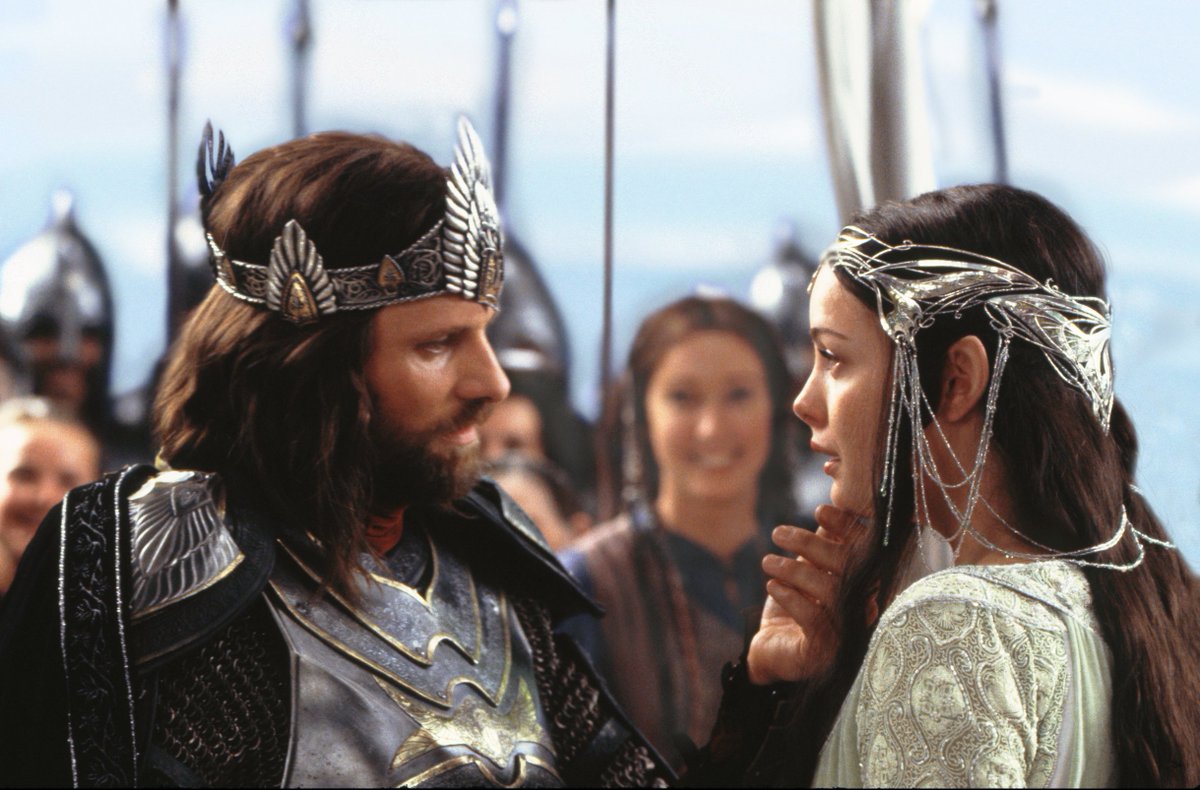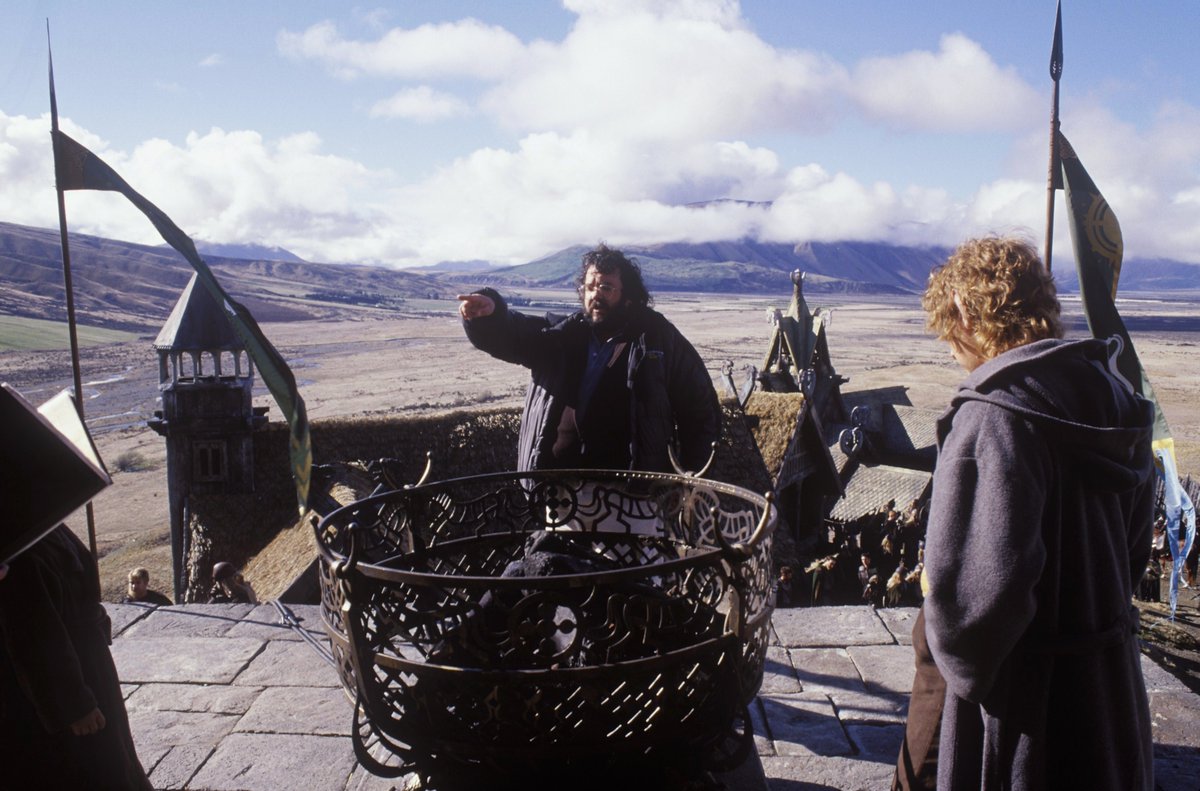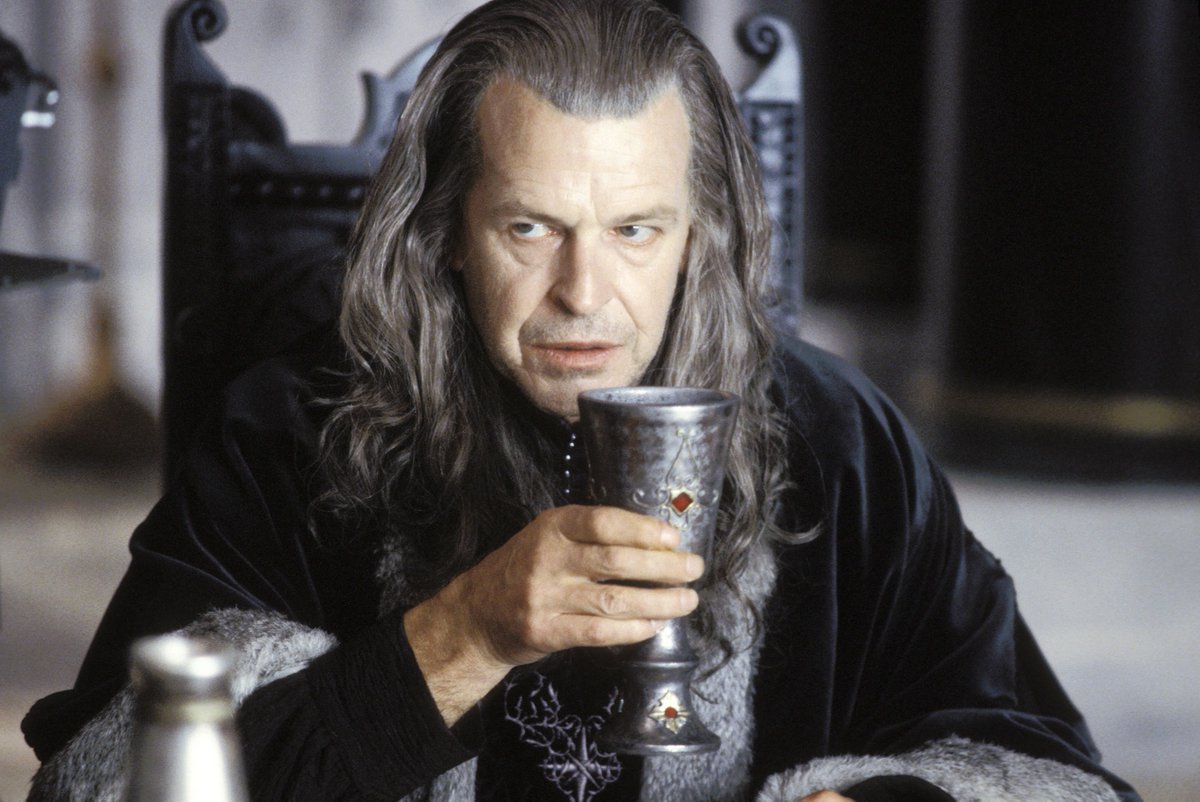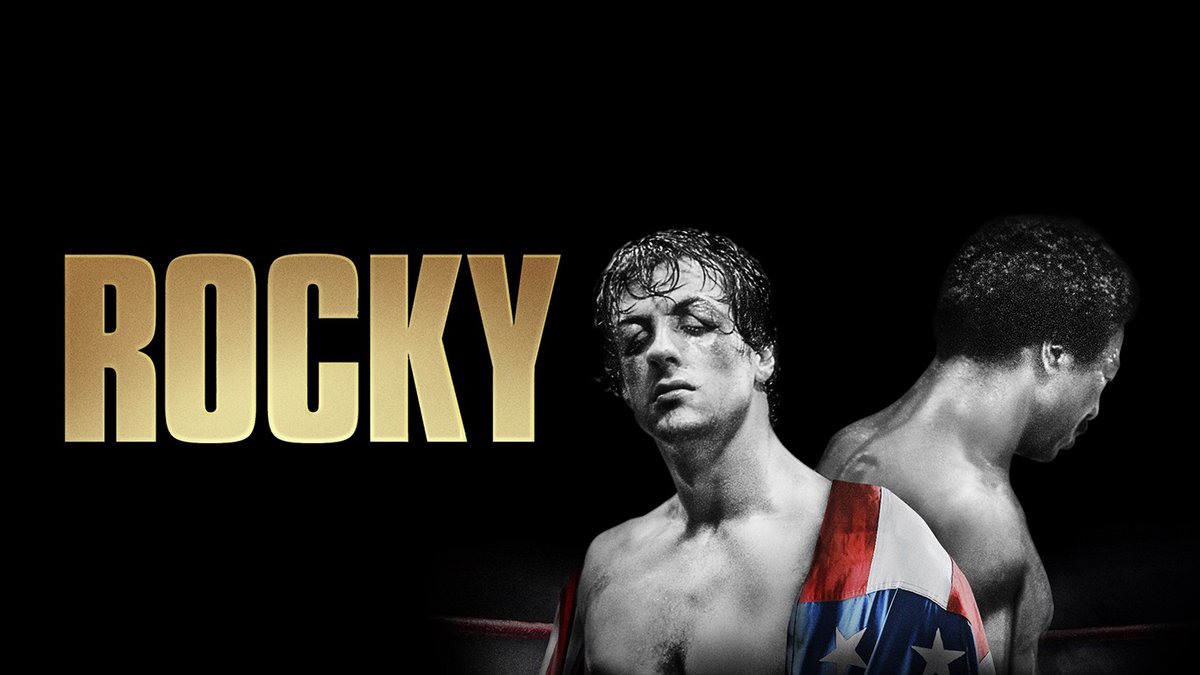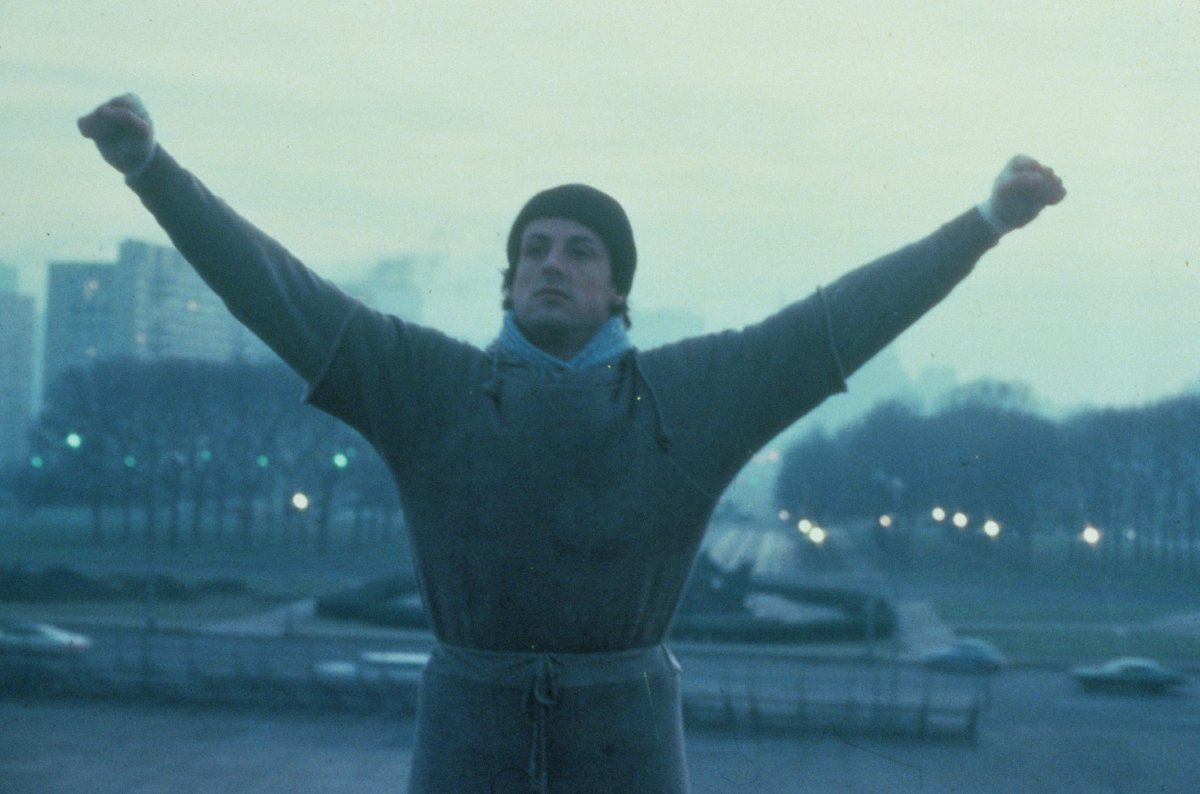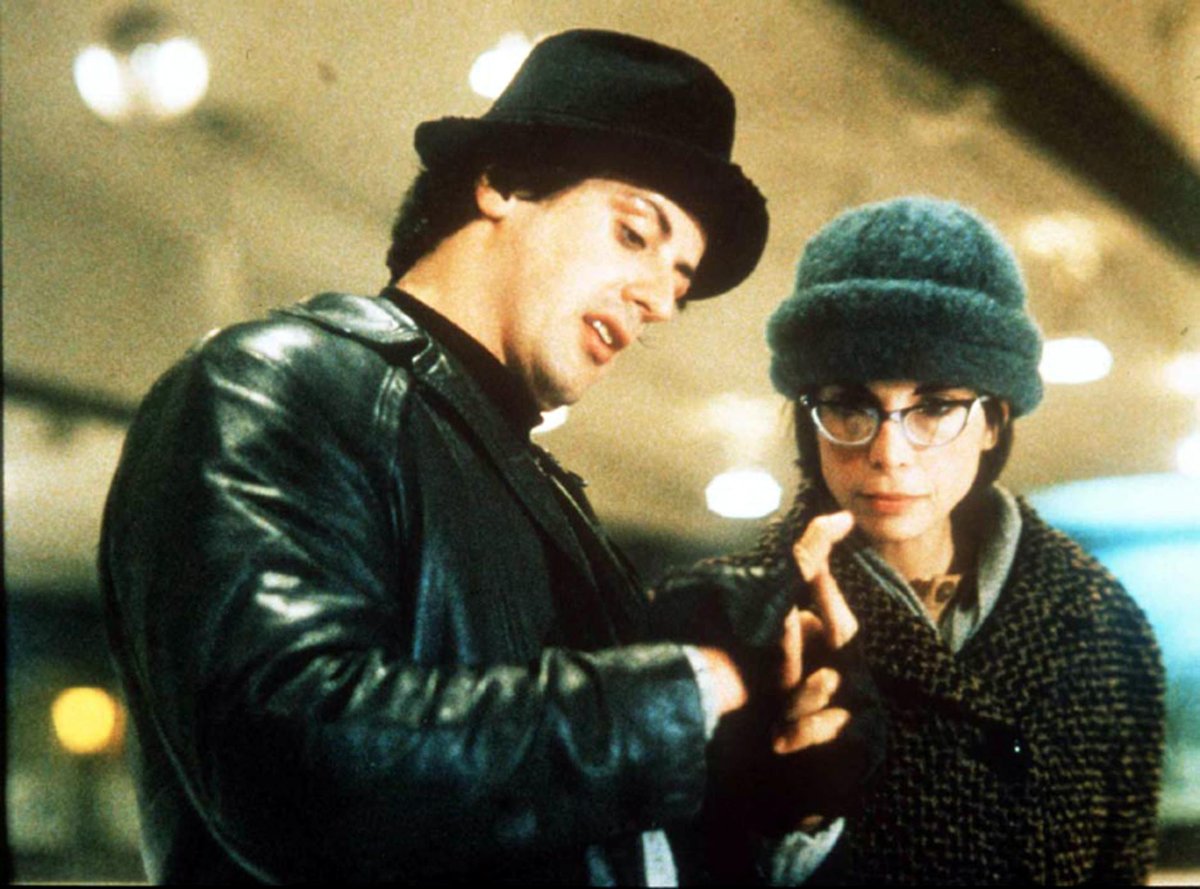THE BOURNE IDENTITY was released 21 years ago today. A reinvention of the spy genre and the film that launched Matt Damon as an action star, the behind the scenes story is a fascinating one…
A THREAD
1/34



A THREAD
1/34




In 1983, Universal planned for their next big movie to be an adaptation of Robert Ludlum’s The Bourne Identity. They wanted Burt Reynolds as Bourne and Jack Clayton to direct. Reynolds schedule was so busy that the idea never got off the ground.
2/34


2/34



A TV adaptation came in 1988. It starred Richard Chamberlain as Bourne and, though it followed the novel very closely, wasn’t a huge hit and pretty quickly forgotten.
3/34

3/34


In 1996, indie director Doug Liman had a big hit with Swingers. He’d read The Bourne Identity in high school and loved it. When Universal asked what film he wanted to make next, he said he wanted to adapt Ludlum’s novel.
4/34

4/34


Liman was an amateur pilot and flew himself cross-country to Ludlum’s home to tell him what he wanted to do with the movie. It took 2 years, but Ludlum agreed and the rights were secured.
5/34

5/34


Liman asked Tony Gilroy to write the script. Gilroy said the novel was “just people running to airports” and said he would do it if they took the concept of a spy suffering amnesia, and then went in a different direction.
6/34

6/34


Liman’s father was Arthur L. Liman. He’d been part of the Iran-Contra Affair investigation and written about it. Doug used his father’s memoir for inspiration. Chris Cooper’s character of Alexander Conklin is based on Oliver North of the National Security Council.
7/34



7/34




In casting Jason Bourne, Liman considered Sylvester Stallone, Tom Cruise, Russel Crowe and Matthew McConaughey but felt they were too much like classic action stars.
8/34



8/34




Brad Pitt was offered the role of Bourne but turned it down to do Spy Game with Robert Redford. Pitt was a fan of Liman though, and later chose him to direct Mr and Mrs Smith.
9/34


9/34



Known mainly as Good Will Hunting, Matt Damon was not an action star, and was shocked to be offered the part of Bourne. Damon read the book and realised Bourne was an older man. "Liman told me he didn't want to do James Bond; he saw it more as a European Nikita."
10/34



10/34




Damon did serious work to get into shape. He ate white meat chicken and boxed and trained every day for four months. Liman told Damon he would do the training with him but lasted only one session as it was so arduous.
11/34
11/34
Damon trained in the Filipino martial art Kali for Bourne’s fighting style. He also did hundreds of hours of gun training and boxing. Damon said the boxing made him start to walk like somebody who could handle himself.
12/34
12/34
Stunt coordinator Nick Powellhad worked on Braveheart and Gladiator and he choreographed the fight scenes. Damon and Powell both wanted Damon to do as much of the fighting as possible so worked together on that – Damon ended up doing almost all of it.
13/34


13/34



Damon did many of his own stunts too. The scene below, he climbed down the last 30 feet of the building himself, without a stunt double. He called it "the most gruelling thing I ever had to do."
14/34
14/34
The part of female lead, Marie, was offered to Sarah Polley, who Liman had directed in Go. She said no, so Liman went to his second choice – Franka Potente, who had impressed Liman in Run Lola Run.
15/34



15/34




In first script drafts, Marie was American, her surname was Purcell and had green hair. Liman changed her name to Kreutz and nationality to German, with multicolored hair. He said he wanted her to seem unfamiliar to American audiences.
16/34
16/34
With his indie background, Liman was not used to big names. Casting Alexander Conklin and Ward Abbott he said he wanted actors like Chris Cooper and Brian Cox. Casting director Joseph Middleton said "Well, why don't we just get Chris Cooper and Brian Cox?"
17/34

17/34


Clive Owen plays assassin, The Professor. He has major billing but is only on screen about 3 minutes. He doesn't talk until 1 hour 25 minutes in and even then it's in his last scene. Owen said: "I basically put on a pair of glasses and posed to the camera!"
18/34
18/34
The name Bourne is from Ansel Bourne, a preacher who was first case of "dissociative fugue". In 1887 he forgot who he was and started a new life in Pennsylvania under the name AJ Brown. Bourne was apparently given the name Jason so his initials were the same as James Bond.
19/34

19/34


Liman didn’t have the budget to shoot the opening scene in a tank, so they set up in Imperia, Italy with boats tied to docks and rain machines. The storm as well as the underwater shot of Jason Bourne adrift at sea were added in using CGI.
20/34
20/34
When Bourne is looking down the snow-covered street at night, Liman wanted it to be a perfect sheet of snow but somebody walked down the street leaving footprints. Liman was furious until somebody pointed out they were his footprints from scouting the shot.
21/34
21/34
Liman wanted to set a better example in The Bourne Identity than his big hit Swingers, so he banned smoking from the film. No characters smoke on screen at any point. Whereas characters smoke near-constantly in Swingers.
22/34

22/34


To add an unpredictability and edge to the look of the film, Liman wouldn’t let the camera operators attend rehearsals so they wouldn’t know which characters would speak next and the cameras would move slightly late.
23/34
23/34
The POV shots where Bourne is on the ship was done by Liman himself with a camera on his shoulder. To simulate Bourne being shot, Liman had the ship's captain's wife hit him in the back. Being a rather strong Greek woman, she knocked Liman down.
24/34
24/34
In shooting the sequence of Bourne chasing The Professor, Liman filmed the shots of Damon and 2nd Unit Director Alexander Witt filmed Clive Owen. The units came together in the field as the two characters do in the film.
25/34
25/34
Early on Bourne disappears from view when a taxi drives past. It was a practical trick and the shot was done in camera. If you watch carefully you can see Matt Damon’s feet beneath the car.
26/34
26/34
The US Embassy sequence was filmed in a disused bank. It caused problems as outside onlookers recognised Matt Damon and began following him. He and Liman had to walk around the block and lost the followers before returning to shoot the scene.
27/34
27/34
Alexander Witt also shot most of the Paris car chase sequence. Liman and Witt storyboarded it and Witt shot it here and there through their timein Paris. Liman filmed the in-car shots and called it “the scariest thing I’ve ever done.”
28/34
28/34
During production, Universal sent Liman a memo asking him to use a montage with suitable music to lead into the final act: "like Tony Scott shoots". Liman sent a memo back saying maybe they should hire Tony Scott to film it. They left him alone.
29/34

29/34


The scenes in Zurich were filmed in Prague in January, which is naturally extremely cold. Because of this, much of the dialogue in the scene when Bourne and Maria meet in the alley had to be re-dubbed in post because Damon’s speech was so slurred.
30/34
30/34
After a preview of the film Universal decided there should be another action scene after The Professor. The last 30 minutes of the film had to be re-shot in 10 days over 2 different countries to achieve this new ending.
31/34

31/34


The reshoots delayed the film from its release date of September 2001 to June 2002 and took it $8m over budget from the initial of $60m. The studio were unhappy with the film’s pacing and there was lots of friction with Liman.
32/34

32/34


The red bag from the Swiss bank that Jason hands over to Marie before he leaves for Paris is seen again in the last scene of the film. In the rental stand where Marie is working, she’s repurposed it as a flower basket on the wall.
33/34


33/34



The film was a big hit. It made $27m in its opening weekend and finished with a worldwide gross of $214m from a budget of just over $60m. It was a hit with audiences, and spawned 4 sequels.
34/34



34/34




If you liked this thread please RT the opening tweet...
https://twitter.com/ATRightMovies/status/1668942779181826048?s=20
Our latest podcast is on Paul Thomas Anderson's THERE WILL BE BLOOD. Please give it a listen 😀
alltherightmovies.com/podcast/there-…
alltherightmovies.com/podcast/there-…
• • •
Missing some Tweet in this thread? You can try to
force a refresh



